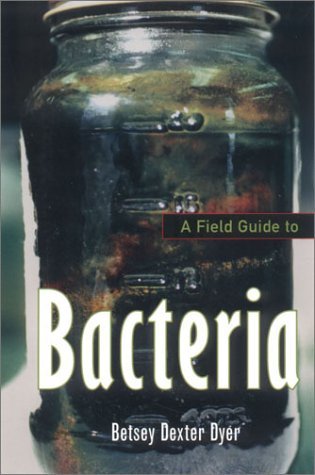What do you think?
Rate this book


Paperback
First published January 1, 2003
Surely the source of iron tools used by dwarves, for example, would have been bacterial bog iron.
Culturing hyperthermophiles involves maintaining boiling or near-boiling conditions in a complex medium, devoid of oxygen. This is not a simple amateur activity.
5,000,000,000,000,000,000,000,000,000,000